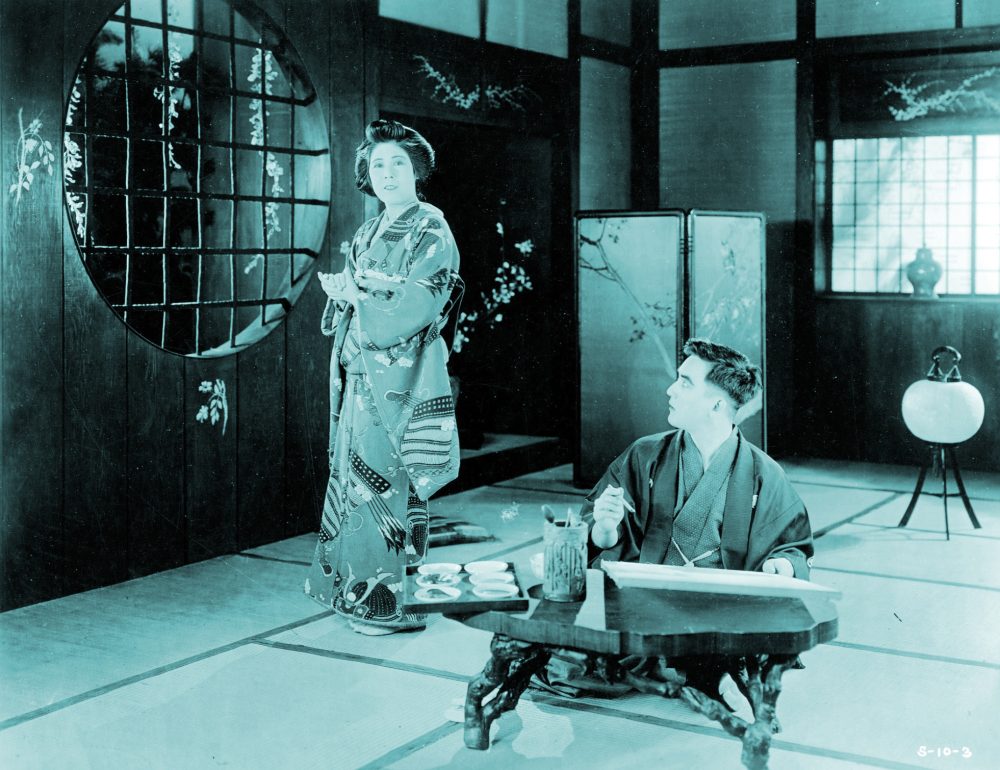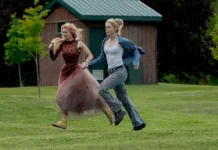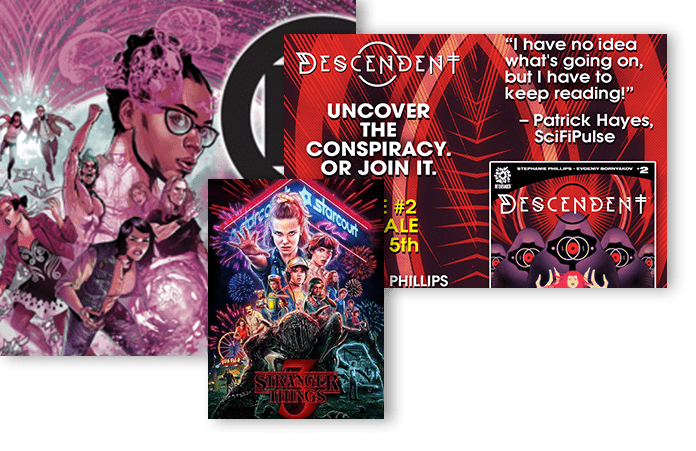Silent film was a vast and chaotic playground for filmmakers that bred innovative techniques that have reverberated through time and space. Not unlike jazz musicians, the artists of the silent film era sought to convey as much emotion and thrills they could by way of the limitations imposed on them. Both jazz techniques and film technique have evolved immeasurably, the many limitations that produced innovation having been conquered and dissected. Thus, what a challenge it would be if one would be limited to live-scoring a silent film only with their instrument of choice and nothing more. Such was the challenge renowned Japanese jazz drummer Shun Ishiwaka was presented with. On June 5th, at the historic Japan Society in New York City, Ishikawa took on the challenge and with drum and vibraphone brought to life a complex, improvised score to a rarely seen milestone in silent film.
Presented as part of the performing arts program “Shun Ishiwaka: Jazz Transcending”, Artistic Director Yoko Shioya sought to add to the drummer’s search to broaden his technique with unique experiences (Ishiwaka recently performed alongside AI that learned from his own techniques in a project for Yamaguchi Center for Arts and Media). Having contributed to the critically-acclaimed anime film Blue Giant, Ishiwaka is no stranger to matching music with imagery. Though the experience with The Dragon Painter is a unique one, it’s easy to see how Ishiwaka’s mastery of his instrument is fitted for whatever challenge is thrown at him.
The Dragon Painter screening at Japan Society is in and of itself a grand event, made all the more significant in this meeting of art and artists. From the Japan Society program:
“Starring Japanese matinée idol Sessue Hayakawa, the first actor of Asian descent to become a leading man in Hollywood and Europe, and self-financed by the actor’s production company Haworth Pictures Corporation, The Dragon Painter is a rare example of a silent-era American production with an almost entirely Asian cast. Hayakawa’s move into self-financing his films, motivated by his desire to better represent his culture and introduce more authentic depictions of Japanese characters in film, would result in this remarkable 1919 feature.”
Setting the mood in the dark theater, Ishiwaka began playing before the opening credits began. With soft hits on cymbals and delicate wire brushes on the drum set, an ethereal and mysterious ambience filled the room, slowly picking up speed as The Dragon Painter flashed on the screen. Telling the story of a genius but tortured painter obsessed with the notion that his lover is imprisoned by a dragon in a mountainous region of Japan, the live score conveyed the chaotic and frantic nature of main character Tatsu (Sessue Hayakawa) and his endless search for his beloved. As we learn of an older, renowned painter by the name of Kano Indara (Edward Peil Sr.) who longs for a worthy successor and mentee to continue his legacy, the music maintained its driving and adventurous nature, as if working with the film as it established the main players and conflicts.
When Tatsu is introduced to Indara as a worthy successor, he displays indifference to working with the painter. However when Indara’s daughter Ume-ko (played by Hayakawa’s wife, Tsuru Aoki) is presented to Tatsu as the elusive dragon princess, he is quick to accept. This marked one of Ishikawa’s musical shifts as he moved to a piano for a beautiful and longing piece that captured Tatsu’s and Ume-ko’s loving encounter. Smoothly moving towards the vibraphone, Ishiwaka came back to an ethereal and encompassing mood that colored perfectly the playful back and forth between the two lovers. Blue-hued night scenes and tender moments of blissful love shimmered with the instrument’s bright tones.

After days basking in the beauty of his dragon princess, Tatsu is implored to paint but finds himself unable to conjure up any inspiration. He has found his princess, and thus there is no reason to paint. This pivotal moment saw another smooth transition from vibraphone to drums, the driving percussion reappearing as the main conflict propels the story. This ebb and flow between drum and vibraphone made up the crux of the film, shifting moods as the film veered into tragedy and then back to intense romantic melodrama.
Ishiwaka’s natural and loose impulses on the drums, vibraphone, and piano did not just conjure the appropriate emotions of each scene, but crafted an atmosphere akin to a sort of fever dream. This was a one of a kind experience in which the artist was matched with a perfect piece of art to transform and meld with, perfectly in line with Japan Society’s commitment to pushing art beyond preconceived notions. Watching such an important piece of film history with Ishiwaka’s impressive percussive score, as the program efficiently states, was transcendental.












